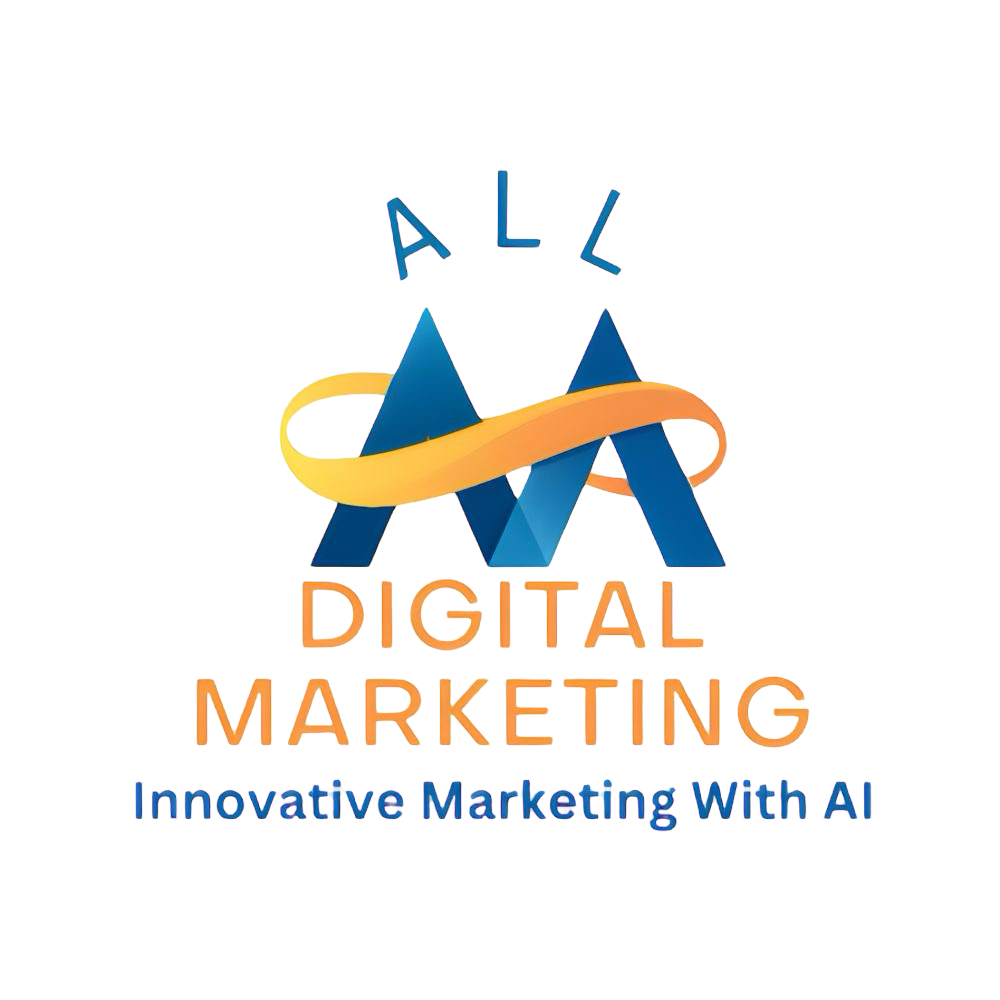Are paid ads worth it? Picture Sarah, a local bakery owner, struggling to attract customers. She tried flyers and word-of-mouth, but her shop stayed quiet. Then, she ran a Google Ad for “fresh cupcakes near me.” Days later, her phone buzzed with orders, and her bakery was packed. That’s the power of paid ads for small businesses when done right. If you’re wondering whether investing in paid ads can grow your business, this article will show you how to reach the right people without wasting money.
Key Takeaways
Paid ads put your business in front of customers ready to buy, saving time and boosting growth.
Smart budgeting for paid ads maximizes digital marketing ROI without overspending.
Targeted advertising on Google Ads or social media drives real results for small businesses.
Storytelling in ads creates emotional connections, inspiring customers to act.
Local businesses can dominate their market with geo-targeting and local SEO strategies.
Are Paid Ads Worth It? A Beginner’s Guide
Paid ads are like renting a prime spot in a busy marketplace, but with laser focus. You pay platforms like Google, Facebook, YouTube, or TikTok to show your message to people already interested in your services. Unlike random flyers, Google Ads for small businesses let you pick exactly who sees your ad—based on their location, interests, or online searches.
For example, imagine you’re a plumber. A Google Ad can reach someone in your town searching “emergency plumber” at midnight. That’s a potential customer who needs you now. According to WordStream (2023), businesses using paid ads see up to 200% more conversions than those relying only on organic traffic.
Why This Matters to You
Think paid ads are just for big brands? Not at all! Paid media strategies are flexible, letting you start with $10 a day. The key is learning how to use targeted advertising to get results without breaking the bank.
Speak to the Right People with Targeted Advertising
The biggest mistake in advertising is trying to please everyone. Imagine you own a gym. An ad saying, “Join our gym!” might get likes but won’t fill classes. Instead, try: “Ready to feel stronger in 30 days? Our women-only bootcamp has 5 spots left!” That speaks directly to someone ready to sign up.
This is called targeting, and it’s what makes paid ads shine. Facebook Ads let you choose audiences by age, location, or interests (like fitness buffs or pet lovers). Google Ads target searches like “best coffee shop in Denver.” A 2022 HubSpot study found that targeted ads get 30% higher click-through rates than generic ones.
Real-Life Example
Mike runs a dog grooming salon. He used to post flyers, hoping for customers. Then he tried a Facebook Ad targeting dog owners within 10 miles. His ad read, “Pamper your pup with 20% off your first groom!” with a photo of a happy dog. Within a week, he had 15 bookings. Targeted advertising turned clicks into customers.
How to Budget for Paid Ads Without Overspending
Wondering how to budget for paid ads? You don’t need a huge wallet to see results. Platforms like Google Ads let you set a daily limit, so you’re in control. For small businesses, $10-$50 a day is a great starting point to test what works.
Optimizing your ads means tweaking them to get the most value. For example, run ads during peak times—like evenings for restaurants or weekends for retail. Google (2024) reports that optimized ads can double digital marketing ROI compared to unadjusted campaigns.
Tips to Avoid Wasting Money
Start small: Test with a low budget to find what clicks.
Track results: Use Google Analytics to see which ads bring customers.
Focus on ROI: If an ad costs $100 but earns $500, it’s worth it.
Tweak as needed: Pause underperforming ads and try new angles.
Lisa, a yoga instructor, started with a $20/day Google Ad for her online classes. She saw most sign-ups from “yoga for beginners,” so she focused her budget there. Registrations tripled without extra spending.
Storytelling: The Key to Ads That Inspire Action
Facts inform, but stories inspire. Don’t just list services—show what life could be like for your customer. This is storytelling, and it’s a must for paid media strategies. Instead of “We sell shoes,” say, “Imagine crossing the marathon finish line, unstoppable in shoes made for you.”
A 2023 Nielsen study found storytelling ads get 23% more engagement than plain ones. Why? People connect with emotions like success or confidence. When you tap into those feelings, you drive action.
Storytelling Example
Jenny’s catering ad used to say, “Catering for all events.” It flopped. Then she tried: “Picture your dream wedding, guests raving about every bite. Let’s make it unforgettable.” Paired with a photo of a happy couple, it brought bookings flooding in. She made people feel the moment.
Why Local Businesses Need Paid Ads
For local businesses—like coffee shops or salons—paid ads are a game-changer. Geo-targeting lets you show ads only to people in your area, so every dollar reaches potential customers. Combine this with local SEO, and you’ll dominate searches like “best pizza near me.”
A 2024 BrightLocal report found that 87% of consumers use Google to find local businesses, and those using paid ads see 50% more foot traffic. A strong Google Business Profile with photos and reviews boosts your visibility even more.
Local Success Story
Tom, a landscaper, was losing clients to bigger firms. He ran a Google Ad targeting local homeowners: “Transform your backyard—free quote today!” He also optimized his Google Business Profile. Within a month, he had 10 new projects and a full schedule.
See How Digital Marketing Can Drive More Traffic to Your Website
Ready to grow? Our team at Digital Success Agency turns clicks into customers. Here’s what we offer:
Brand Voice Strategy: Create a voice that attracts your ideal customer.
Market Growth Opportunity Research: Find new audiences and keywords to boost traffic.
Local SEO: Rule searches like “best [your business] near me.”
Dominate Google: Get to the top of Google with proven strategies.
Competitive Link Analysis: Outsmart your rivals.
Geo-Targeting: Reach customers in your exact area.
Content Marketing: Shareable content that drives links and traffic.
Paid Media Advertising: Clear ROI with result-driven strategies.
Search Box Optimization: Own local keywords for maximum leads.
Book a Call: Schedule a free consultation to skyrocket your growth!
FAQs About Paid Ads
Q: Are paid ads worth it for small businesses?
A: Yes! Google Ads for small businesses reach ready-to-buy customers, even on a $10-$20 daily budget. Track results to optimize.
Q: How do I know if my ads are working?
A: Check clicks, conversions (like sales or sign-ups), and ROI. Google Ads’ dashboard shows what’s driving results.
Q: Social media ads vs Google Ads—what’s better?
A: Google Ads catch people searching for you. Social media ads (Facebook, TikTok) build awareness. Both can work together.
Q: Can I run ads myself?
A: You can, but experts optimize ads for better digital marketing ROI, saving time and money.
Q: How much should I spend on ads?
A: Start with $10-$50/day. Test, track, and adjust based on what brings the best results.
Your Next Step: Turn Clicks Into Customers
Imagine your business buzzing with new customers every day—calls, bookings, and walk-ins pouring in. That’s what paid ads can do when done right. You don’t need to be a pro, but you do need to start. Target the right people, tell stories that connect, and set a budget that works.
Don’t let competitors steal your spotlight. Paid ads are your chance to grow and win. I hope you enjoyed this blog post. If you want to be our next success story, have my team do your marketing for you, click here to book a call!
 Add Row
Add Row  Add
Add 








Write A Comment